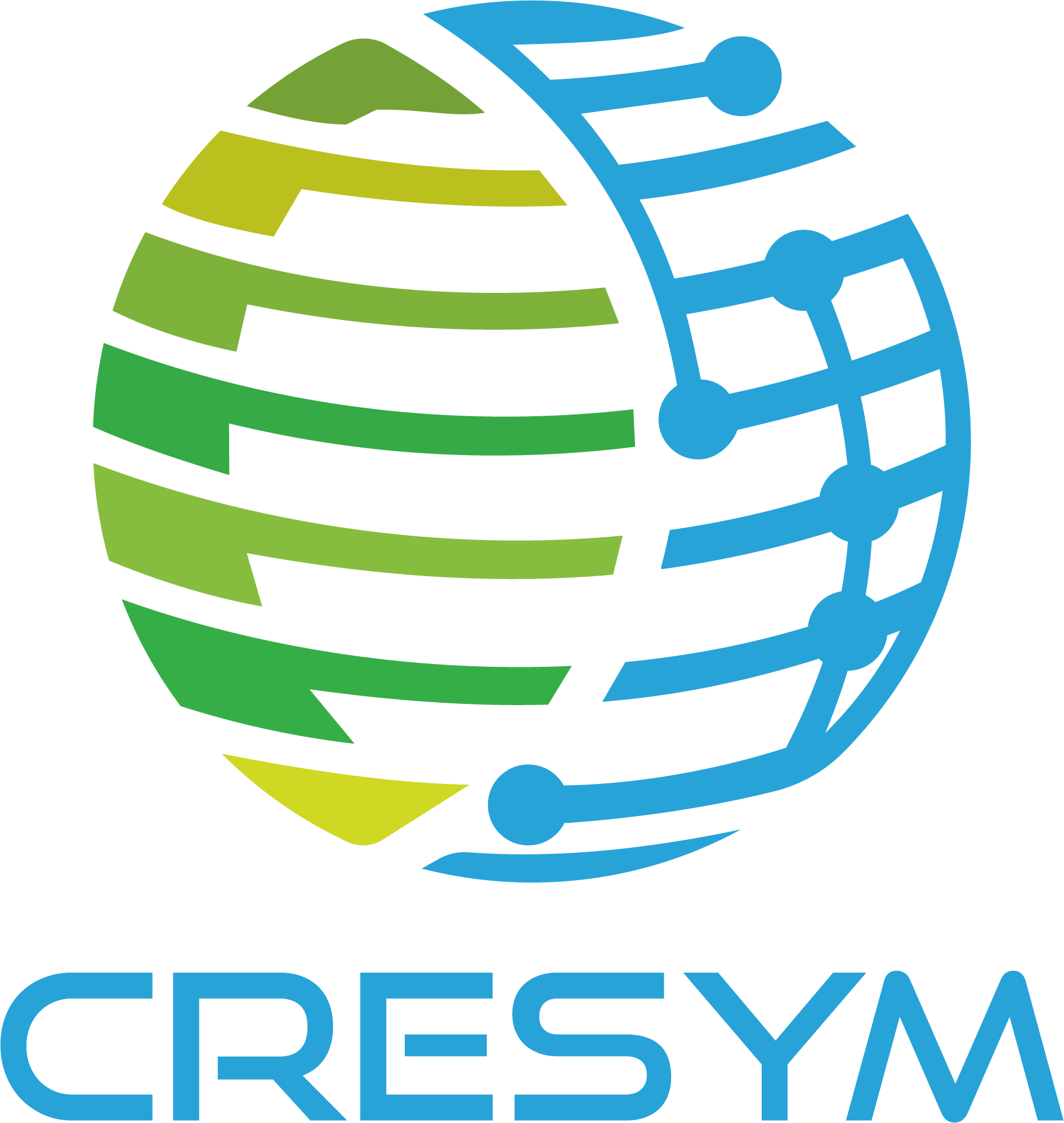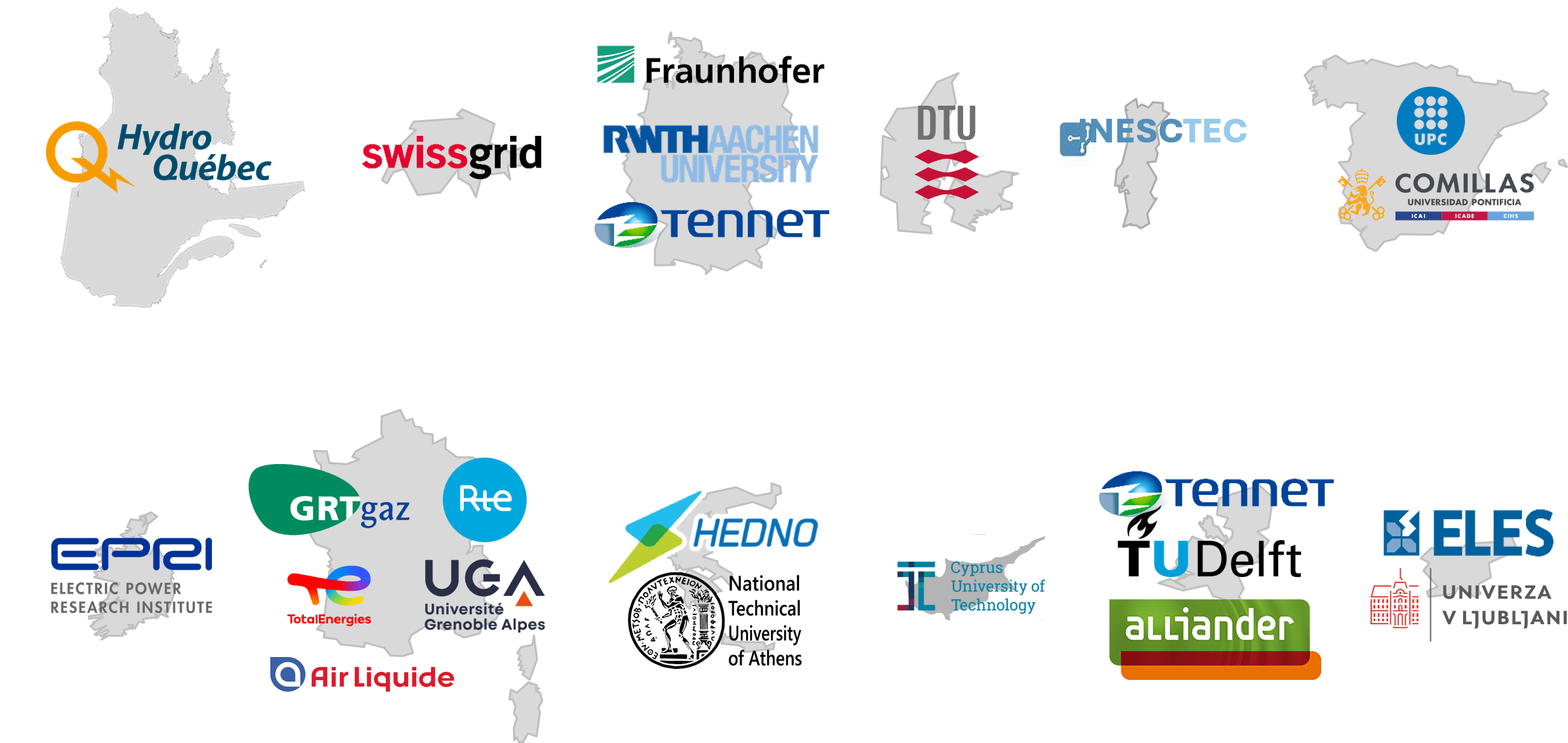CRESYM is a non-profit association, gathering industrial & academic research organisations and aiming at solving the coming challenges for the future, fast-evolving European energy system.
We foster collaborative R&D works to deliver opensource energy system simulation tools
We foster efficient collaborations on low-TRL R&D issues of general interest.
We promote, and rely on, opensource principles.
We shall maintain useful technological building blocks available for all researchers & engineers.
Ongoing projects
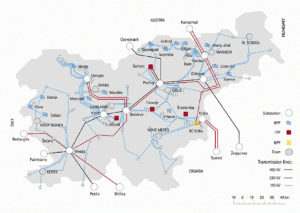
LaRISA – Large Res Integration Stability Analysis
The Slovenian network will experience in the next 10 years a high growth of electricity demand, decreasing inertia due to an high level of RES penetration (40% in energy coverage), and an increasing level of cross border exchanges. Stability issues must be tackled in network planning exercise.
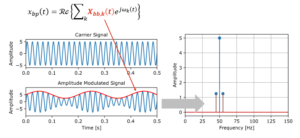
BiGER2 Explore
New stability issues and phenomena are emerging with the more important part of Power Electronics Interfaced Resources (PEIR), and in particular slow converter driven interactions have been observed in a number of real situations. Their impact – until now – has been limited due to either the tripping of the units or manual effective counteractions. However, all the indicators (SCR, ESCR, etc.), used to measure potential risks of interactions, reach low values in future scenarios until the grid-forming components become predominant in all the system.
In this context, it seems necessary to answer these two important questions:
1. Is there a risk of propagation of the adverse interactions through the system or will it remain limited to a few installations?
2. How to understand, explain and reproduce the issue on small test cases?
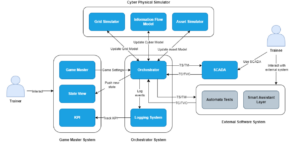
TWINEU (pilot 8)
The power system is undergoing major changes due to the integration of renewable energy and power electronics. To support system operators from day-ahead planning to real-time operations, new smart assistant tools are being developed. Despite these tools, operators will continue to play a central role in anticipating issues, coordinating distributed controls, and managing balancing and congestion. To prepare these future operators, existing decision support tools need upgrading and realistic testing environments. This goal is being pursued through the European project TWINEU (Pilot 8), with further enhancements from the TRAISIM side project—both forming parts of a unified initiative.
